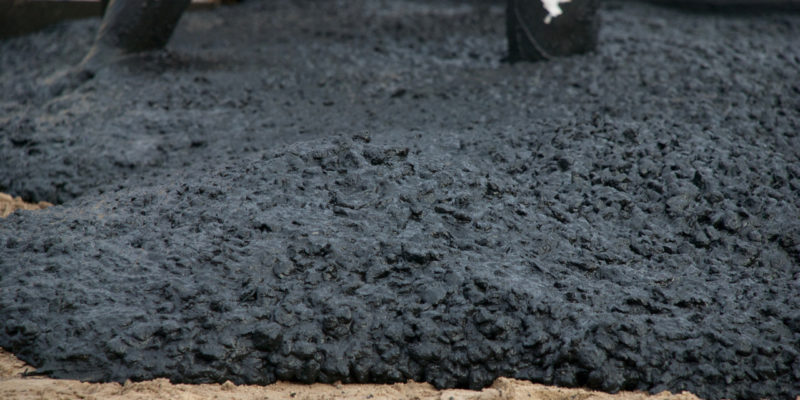The cement used in concrete paving is over 12 million years old. The earliest known form of cement was formed after an occurrence of oil shale located adjacent to a bed of limestone burned due to natural causes.
Famous concrete structures include the Hoover Dam, the Panama Canal, and the Roman Pantheon. The Grandfather’s of large-scale innovators of concrete technology were the ancient Romans, who used it in abundance to expand their empire. The Colosseum in Rome was built mostly of concrete and the great dome of the Pantheon is the world’s largest unreinforced concrete dome.
Concrete Paving Origins
Before concrete paving as we know it, concrete-like materials were used since 6500 BC by the Bedouins who occupied and controlled a series of oases as they developed a small empire in the regions of southern Syria and northern Jordan. They discovered the advantages of hydraulic lime’s self cementing properties which allowed structures to endure far longer under the elements by 700 BC. Kilns were built to supply mortar for the construction of rubble-wall houses, concrete floors, and underground waterproof cisterns. The cisterns were kept secret and were one of the many advantages Bedouins had in their ability to thrive in the desert. Some of these structures were made so well they survive to this day.
The first major in advancement in concrete and cement was a rediscovery by the Ancient Egyptians of adding volcanic ash to the mix allowed cement to set underwater. Concrete and cement was made more durable with the introduction of pyroclastic clays that helped give the concrete a greater degree of resisting fracture.
The biggest catalyst behind the modern use of concrete was arguably Smeaton’s Tower, the third Eddystone Lighthouse in Devon, England. To build this structure, between 1756 and 1759, British engineer John Smeaton pioneered the use of hydraulic lime in concrete, using pebbles and powdered brick as aggregate.
A method for producing Portland cement was patented by Joseph Aspdin in 1824.The low cost and widespread availability of the limestone, shales, and other naturally occurring materials used in Portland cement make it one of the lowest-cost materials widely used over the last century throughout the world
Reinforced concrete was invented in 1849 by Joseph Monier. In 1889 the first concrete reinforced bridge was built, and the first large concrete dams were built in 1936, Hoover Dam and Grand Coulee Dam.
ARC Construction appreciates the rich history construction and it lives on in the details of our approach to concrete paving.

